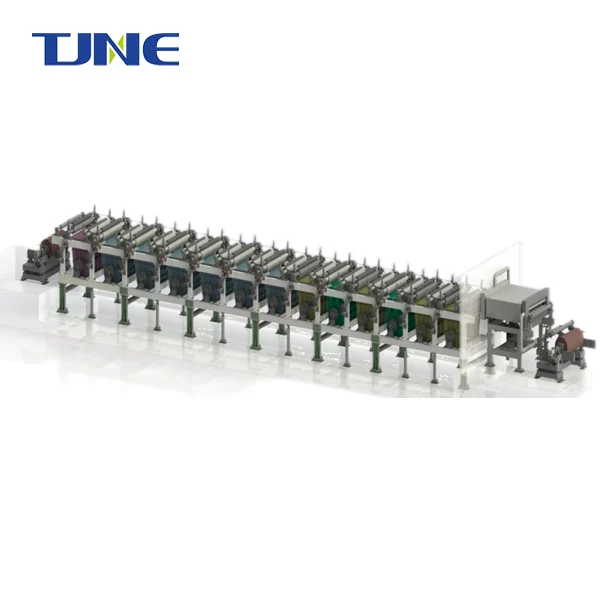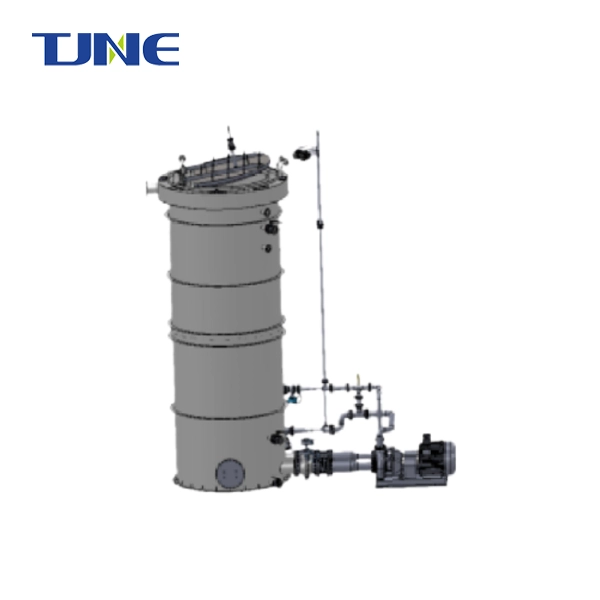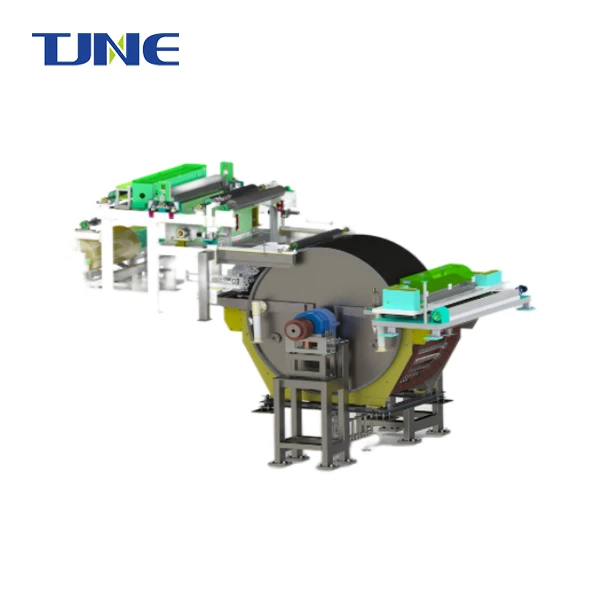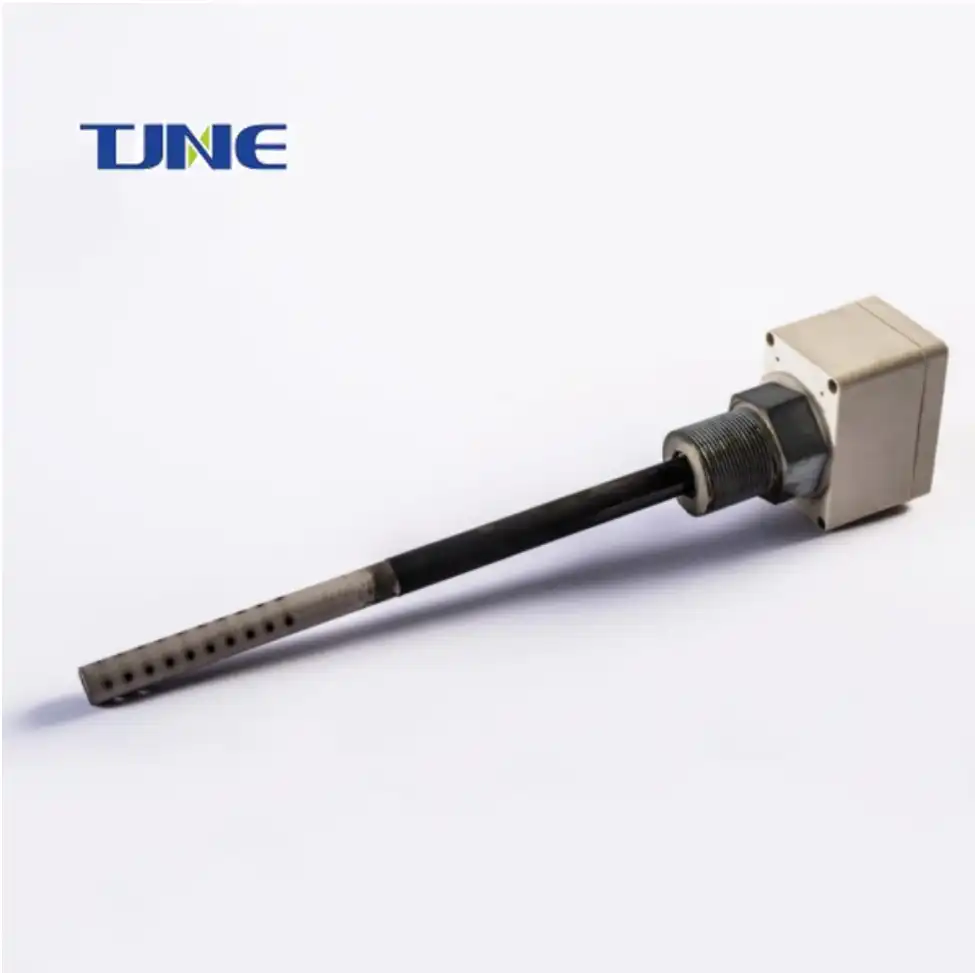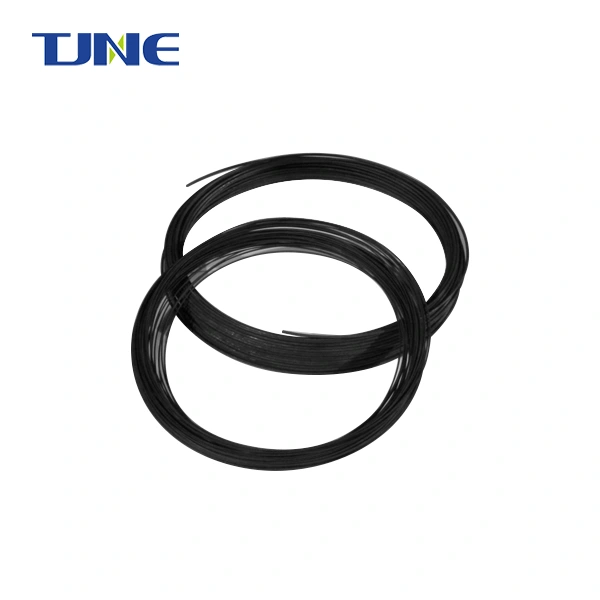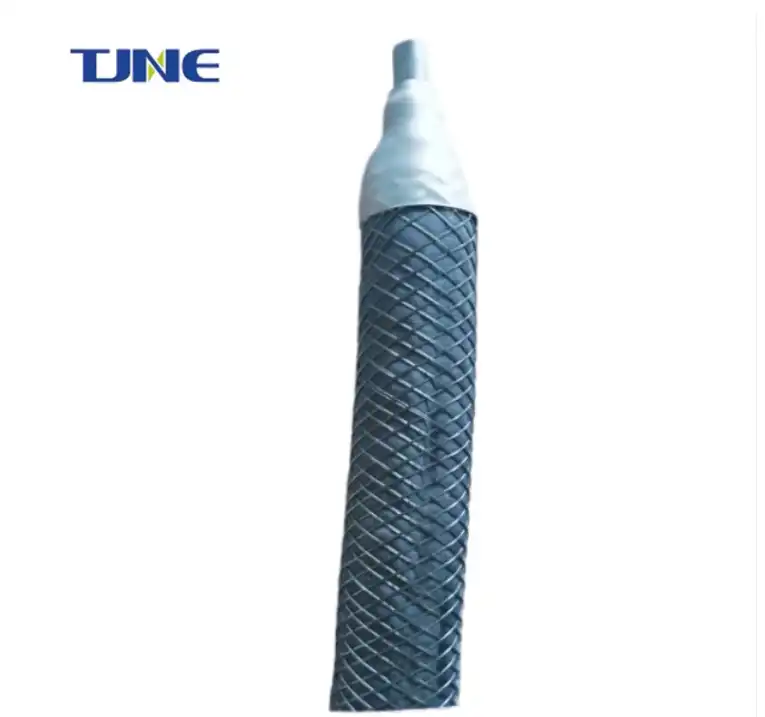- English
- French
- German
- Portuguese
- Spanish
- Russian
- Japanese
- Korean
- Arabic
- Greek
- German
- Turkish
- Italian
- Danish
- Romanian
- Indonesian
- Czech
- Afrikaans
- Swedish
- Polish
- Basque
- Catalan
- Esperanto
- Hindi
- Lao
- Albanian
- Amharic
- Armenian
- Azerbaijani
- Belarusian
- Bengali
- Bosnian
- Bulgarian
- Cebuano
- Chichewa
- Corsican
- Croatian
- Dutch
- Estonian
- Filipino
- Finnish
- Frisian
- Galician
- Georgian
- Gujarati
- Haitian
- Hausa
- Hawaiian
- Hebrew
- Hmong
- Hungarian
- Icelandic
- Igbo
- Javanese
- Kannada
- Kazakh
- Khmer
- Kurdish
- Kyrgyz
- Latin
- Latvian
- Lithuanian
- Luxembou..
- Macedonian
- Malagasy
- Malay
- Malayalam
- Maltese
- Maori
- Marathi
- Mongolian
- Burmese
- Nepali
- Norwegian
- Pashto
- Persian
- Punjabi
- Serbian
- Sesotho
- Sinhala
- Slovak
- Slovenian
- Somali
- Samoan
- Scots Gaelic
- Shona
- Sindhi
- Sundanese
- Swahili
- Tajik
- Tamil
- Telugu
- Thai
- Ukrainian
- Urdu
- Uzbek
- Vietnamese
- Welsh
- Xhosa
- Yiddish
- Yoruba
- Zulu
Mixed Metal Oxide (MMO) Wire Anodes are advanced electrochemical components widely used in various industrial applications for corrosion protection and electrochemical processes. These anodes are characterized by their unique composition, typically consisting of a titanium wire core coated with a mixture of precious metal oxides. The different types of MMO Wire Anodes vary in their oxide coating composition, which is tailored to suit specific applications and environmental conditions. Understanding the varieties of MMO Wire Anodes is crucial for selecting the most appropriate type for a given industrial need.
How does MMO Wire Anode compare to other anode materials?
MMO Wire Anodes have gained significant popularity in recent years due to their superior performance compared to traditional anode materials. To fully appreciate the advantages of MMO Wire Anodes, it's essential to compare them with other common anode materials used in cathodic protection and electrochemical processes.
One of the primary competitors to MMO Wire Anodes is the graphite anode. Graphite anodes have been used for decades in various applications due to their low cost and reasonable conductivity. However, MMO Wire Anodes offer several advantages over graphite. Firstly, MMO Wire Anodes have a significantly longer lifespan, often lasting 15-20 years or more in typical applications, compared to the 3-5 year lifespan of graphite anodes. This extended durability translates to reduced maintenance costs and fewer system interruptions for anode replacement.
Another key advantage of MMO Wire Anodes is their higher current capacity. The precious metal oxide coating on MMO Wire Anodes allows for much higher current densities compared to graphite, meaning that a smaller MMO anode can deliver the same protection as a larger graphite anode. This characteristic is particularly beneficial in applications where space is limited or weight is a concern.
MMO Wire Anodes also exhibit superior chemical stability compared to graphite anodes. The oxide coating is resistant to a wide range of chemical environments, making MMO Wire Anodes suitable for use in aggressive media where graphite would quickly degrade. This stability ensures consistent performance over time, even in challenging conditions.
When compared to other metallic anodes, such as platinum or high-silicon cast iron, MMO Wire Anodes often provide a more cost-effective solution. While platinum offers excellent conductivity and chemical stability, its high cost limits its use to specialized applications. High-silicon cast iron anodes, on the other hand, are more affordable but have a shorter lifespan and lower current capacity compared to MMO Wire Anodes.
The versatility of MMO Wire Anodes is another significant advantage. By adjusting the composition of the oxide coating, manufacturers can tailor the performance characteristics of MMO Wire Anodes to suit specific applications. This flexibility allows for optimized performance across a wide range of industries and environments, from offshore oil platforms to wastewater treatment plants.
In terms of environmental impact, MMO Wire Anodes have a lower carbon footprint compared to many alternative anode materials. Their long lifespan reduces the need for frequent replacements, minimizing waste and the energy required for manufacturing and installation. Additionally, the catalytic properties of the oxide coating can promote more efficient electrochemical reactions, potentially reducing overall energy consumption in certain applications.
What are the key applications of MMO Wire Anode in industry?
MMO Wire Anodes have found widespread use across various industries due to their exceptional performance characteristics and versatility. Understanding the key applications of these anodes helps illustrate their importance in modern industrial processes and infrastructure protection.
One of the most significant applications of MMO Wire Anodes is in cathodic protection systems for underground and underwater structures. In the oil and gas industry, MMO Wire Anodes play a crucial role in protecting pipelines, offshore platforms, and storage tanks from corrosion. These anodes are often installed in deep-well groundbeds or as part of impressed current cathodic protection (ICCP) systems. The high current output and long lifespan of MMO Wire Anodes make them ideal for these demanding applications, where maintenance access can be challenging and costly.
In the marine industry, MMO Wire Anodes are extensively used to protect ship hulls, port facilities, and offshore structures from seawater corrosion. The anodes can be incorporated into hull-mounted ICCP systems or installed as part of sacrificial anode systems. Their ability to withstand high chloride environments and resist fouling makes them particularly suitable for marine applications.
The water treatment industry is another major user of MMO Wire Anodes. In wastewater treatment plants, these anodes are employed in electrochemical processes for the removal of contaminants, such as organic compounds and heavy metals. The catalytic properties of the oxide coating enhance the efficiency of these treatment processes, contributing to improved water quality and reduced environmental impact.
MMO Wire Anodes also find application in the mining industry, particularly in electrowinning processes for metal recovery. The anodes' high current capacity and resistance to acidic environments make them well-suited for use in electrowinning cells, where they facilitate the extraction of metals like copper, zinc, and nickel from ore solutions.
In the field of concrete reinforcement protection, MMO Wire Anodes are used to prevent corrosion of steel rebar in structures exposed to harsh environments. This application is particularly important for bridges, parking garages, and marine structures where chloride ingress can lead to accelerated corrosion of reinforcing steel. MMO Wire Anodes can be embedded in the concrete or installed as part of external ICCP systems to provide long-term protection against reinforcement corrosion.
The power generation industry also benefits from MMO Wire Anodes, particularly in cooling water systems and heat exchangers. These anodes help protect critical equipment from corrosion, ensuring longer operational lifespans and reduced maintenance requirements for power plants.
In the chemical processing industry, MMO Wire Anodes are utilized in various electrochemical processes, including chlorine and chlorate production. The anodes' resistance to chlorine and other aggressive chemicals, combined with their high current efficiency, makes them ideal for these applications.
How can the lifespan of MMO Wire Anode be maximized?
Maximizing the lifespan of MMO Wire Anodes is crucial for ensuring long-term performance and cost-effectiveness in industrial applications. While these anodes are known for their durability, several factors can influence their longevity, and implementing proper maintenance and operational practices can significantly extend their useful life.
One of the primary factors affecting the lifespan of MMO Wire Anodes is the operating current density. Operating the anodes within their recommended current density range is essential for preventing premature degradation of the oxide coating. Exceeding the maximum current density can lead to accelerated wear and reduced lifespan, while operating at too low a current density may result in passivation and reduced effectiveness. Regular monitoring and adjustment of the current output are necessary to maintain optimal performance and longevity.
The chemical environment in which the MMO Wire Anode operates also plays a crucial role in its lifespan. While these anodes are designed to withstand a wide range of conditions, extreme pH levels or the presence of certain contaminants can accelerate degradation. Implementing proper filtration and treatment systems to control the electrolyte composition can help protect the anodes from harmful substances and extend their operational life.
Temperature is another critical factor affecting MMO Wire Anode lifespan. High temperatures can accelerate chemical reactions and potentially lead to faster degradation of the oxide coating. Ensuring adequate cooling or implementing temperature control measures in high-temperature applications can help mitigate this issue and prolong anode life.
Proper installation and positioning of MMO Wire Anodes are essential for maximizing their effectiveness and lifespan. Anodes should be installed in a manner that ensures even current distribution and minimizes the risk of physical damage. In groundbed applications, proper backfill materials and installation techniques are crucial for maintaining good electrical contact and protecting the anodes from mechanical stress.
Regular inspection and maintenance of MMO Wire Anodes and associated equipment are vital for identifying and addressing potential issues before they lead to premature failure. This includes checking for signs of wear, ensuring proper electrical connections, and verifying the integrity of any protective coatings or enclosures.
Implementing a well-designed cathodic protection system that takes into account factors such as anode spacing, current distribution, and interference from nearby structures can help optimize the performance and lifespan of MMO Wire Anodes. Periodic system evaluations and adjustments may be necessary to account for changes in environmental conditions or protected structure characteristics.
Proper handling and storage of MMO Wire Anodes before installation are also important for ensuring maximum lifespan. Anodes should be protected from physical damage and exposure to contaminants that could compromise the oxide coating.
In conclusion, MMO Wire Anodes represent a significant advancement in anode technology, offering superior performance, versatility, and longevity compared to many traditional anode materials. Their widespread adoption across various industries underscores their importance in modern corrosion protection and electrochemical processes. By understanding the different types of MMO Wire Anodes, their key applications, and best practices for maximizing their lifespan, industries can leverage these advanced components to improve efficiency, reduce maintenance costs, and enhance the longevity of critical infrastructure and equipment.
If you are interested in the products of Xi'an Taijin New Energy Technology Co., Ltd., please contact yangbo@tjanode.com.
References:
1. Crundwell, F. K. (2017). Electrochemical and Electrometallurgical Processes. In Extractive Metallurgy of Nickel, Cobalt and Platinum Group Metals (pp. 333-368). Elsevier.
2. Revie, R. W., & Uhlig, H. H. (2008). Corrosion and corrosion control: an introduction to corrosion science and engineering. John Wiley & Sons.
3. Schweitzer, P. A. (2009). Fundamentals of corrosion: mechanisms, causes, and preventative methods. CRC Press.
4. Baeckmann, W. V., Schwenk, W., & Prinz, W. (1997). Handbook of cathodic corrosion protection. Gulf Professional Publishing.
5. Roberge, P. R. (2008). Corrosion engineering: principles and practice. McGraw-Hill Professional.
6. Lazzari, L., & Pedeferri, P. (2006). Cathodic protection. Polipress.
7. Cicek, V. (2014). Cathodic protection: industrial solutions for protecting against corrosion. John Wiley & Sons.
8. Shreir, L. L., Jarman, R. A., & Burstein, G. T. (Eds.). (1994). Corrosion: metal/environment reactions. Butterworth-Heinemann.
9. Peabody, A. W. (2001). Peabody's control of pipeline corrosion. NACE international.
10. Jones, D. A. (1996). Principles and prevention of corrosion. Prentice Hall.






